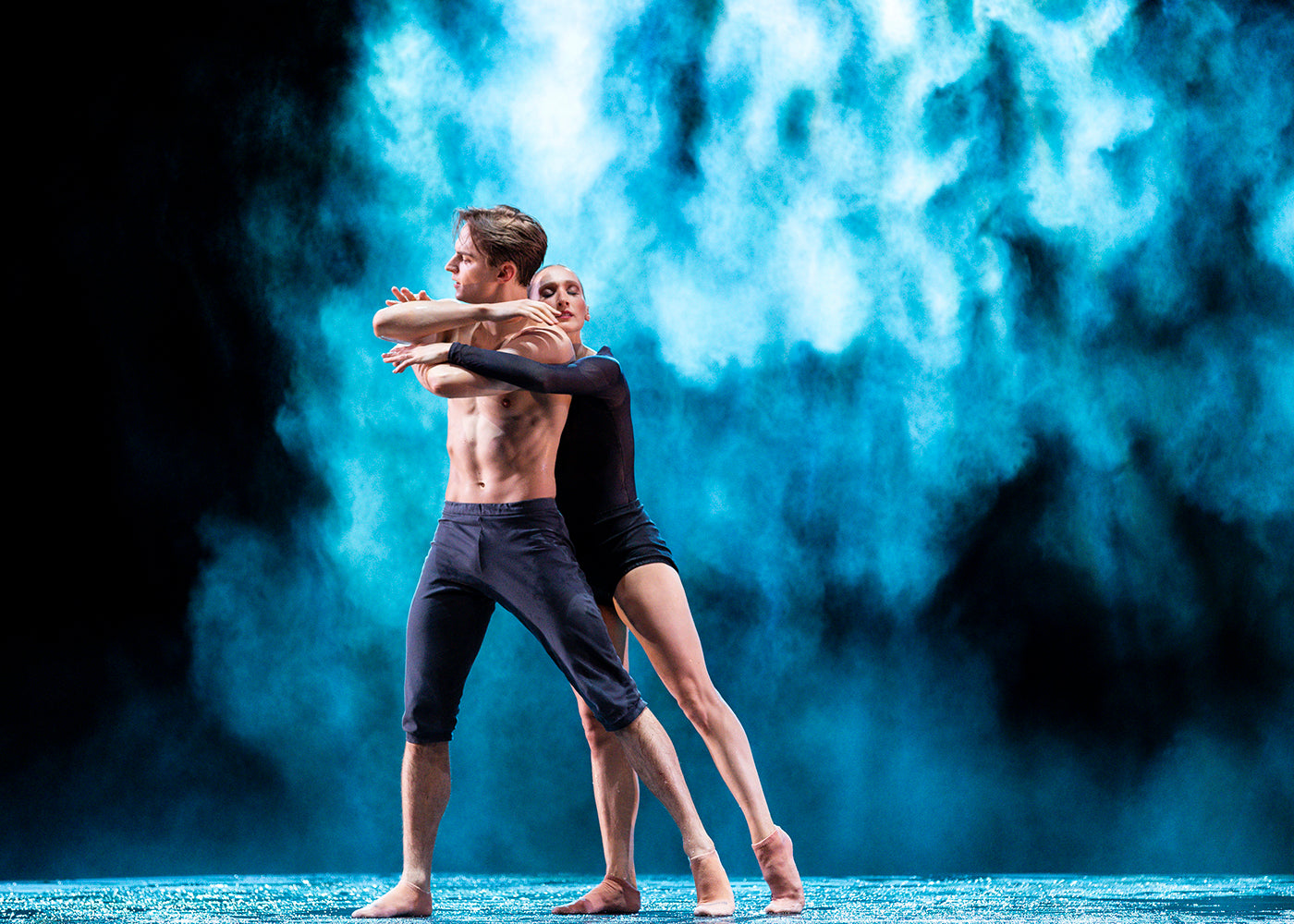Talent Time
It’s “Nutcracker” season at San Francisco Ballet—36 performances packed into three weeks—which means that the company is currently serving two distinct audiences.
Continue Reading
World-class review of ballet and dance.
Reading up on the backstory of how Alejandro Cerrudo’s “One Thousand Pieces” finally made it to the stage at Pacific Northwest Ballet, one is struck by the epic commitment the company lavished upon an epically scaled dance.
“One Thousand Pieces” is 70 minutes long, composed in three parts and 35 sections. Prior to the performance at PNB, it had been performed only one time, at Hubbard Street Dance Chicago in 2012. In order to perform the mélange of Philip Glass compositions live, PNB’s orchestra invested two years of chasing down copyright permissions and locating rare scores. Finally, there’s the epically disrupted timeline of the work’s rehearsal journey in Seattle. Originally slated for a 2020 company premiere, “One Thousand Pieces” was the last work PNB ran in dress rehearsal before Covid-19 shut down theaters. The company then danced one section of it for a digital stream release in 2021. But only this March, a year after Cerrudo wound down his stint as PNB’s resident choreographer, was the work finally danced in full.
Performance
Place
Words



“Uncommonly intelligent, substantial coverage.”
Your weekly source for world-class dance reviews, interviews, articles, and more.
Already a paid subscriber? Login

It’s “Nutcracker” season at San Francisco Ballet—36 performances packed into three weeks—which means that the company is currently serving two distinct audiences.
Continue ReadingLast week I caught up with choreographer Pam Tanowitz and Opera Philadelphia’s current general director and president, countertenor Anthony Roth Costanzo to talk about “The Seasons,” the company’s latest production premiering at the Kimmel Center’s 600-plus seat Perelman Theater on December 19.
Continue ReadingIf Notre-Dame remains one of the enduring symbols of Paris, standing at the city’s heart in all its beauty, much of the credit belongs to Victor Hugo.
Continue ReadingWhen dancer and choreographer Marla Phelan was a kid, she wanted to be an astronaut. “I always loved science and astronomy,” Phelan said.
Continue Reading
comments